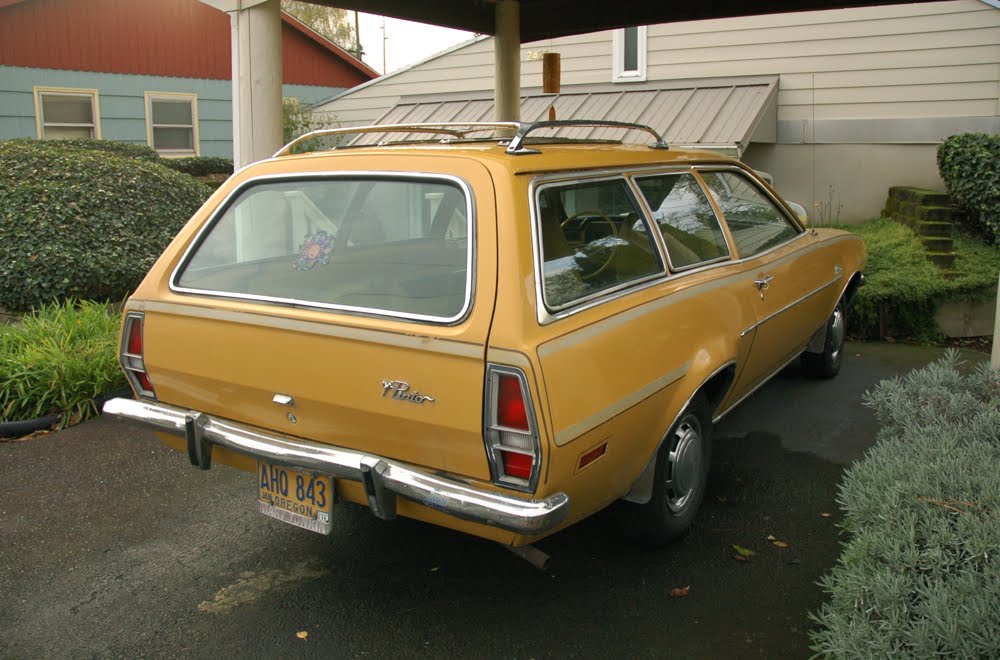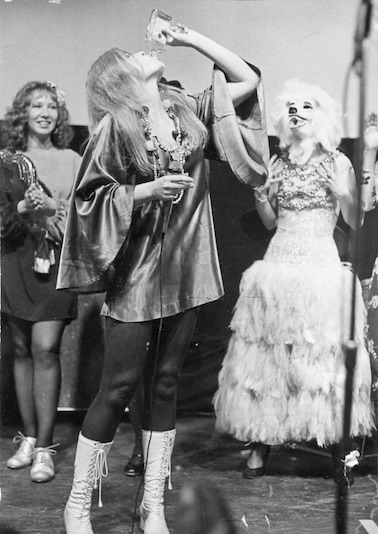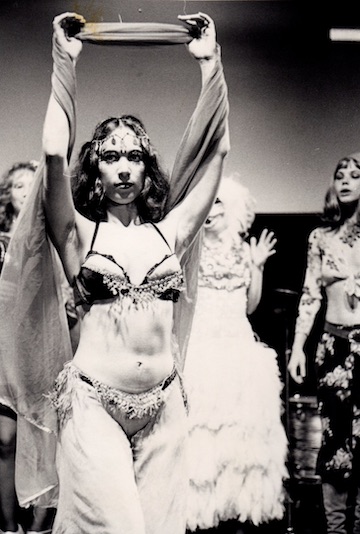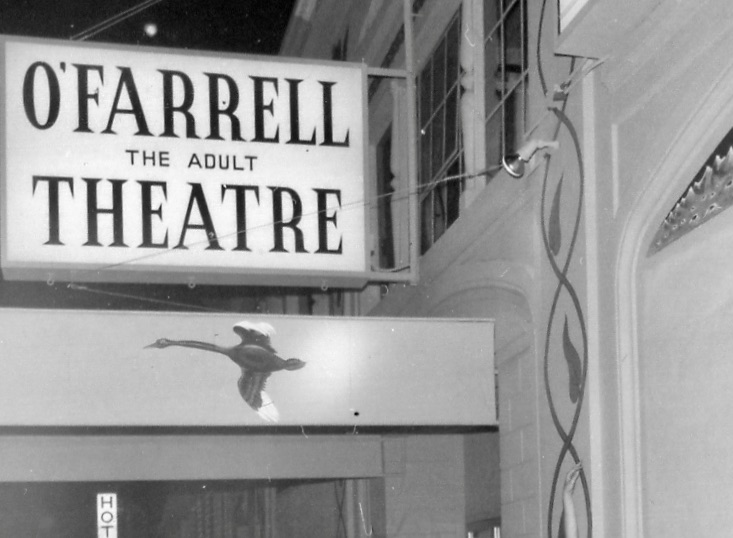The Gold Pinto
In 1978 I was producing and performing in Les Nickelettes’ play Curtains! My 15 year-old Nissan Datsun reliably got me around town to meetings, rehearsals, and performances. It was a boxy little compact, beige, with a clutch transmission, but it served its purpose. An added plus was that it was paid for, and the auto insurance was cheap.
One evening, as I was driving along San Francisco’s Hwy 101’s aptly named “hospital curve”, a California Highway Patrol car suddenly veered across three lanes to check out an apparent escapee from nearby General Hospital. Seen faintly from the soft shoulder of the road was a frail figure climbing the hill still in a hospital gown. The car in front of me slammed on the brakes to avoid hitting the CHP cruiser, I simultaneously slammed on my breaks stopping just in time, but the truck coming around the curve behind me plowed into my tiny Datsun. Thankfully, my only physical injury was a whiplash, but the Datsun was totaled.
Sorting out the insurance, and making a claim against the state’s CHP department would take months and months, so I was back to good old, unreliable public transit. This put a crimp in my responsibilities as a theater producer. I lamented to Vince, my staunchest supporter, and live-in partner at the time, “If I have to rent a car to haul props, sets, and costumes across town in-between runs of Curtains! and then back again into storage, it will cost a fortune.”
Three days later, coming to my rescue, Vince tossed me a set of keys. “A new set of wheels? I asked in surprise.
“Go take a look,” he beamed. I skipped outside, excited to jump into my new ride, but stopped mid-skip and stared at a metallic gold 1972 Ford Pinto hatchback station wagon. “Seriously?” I said, “I’m going to look like a suburban housewife.”
“It has low mileage and only one previous owner,” Vince pointed out. “The back seat folds down so you can load your theater stuff.”
“Yeah,” I replied, “but can’t I have a roomy car that also makes me look like a hip artist?” He shrugged, I sighed. Hopping in behind the wheel, I turned on the ignition. At least it had an automatic shift.
Eventually I grew to love my signature gold Pinto and it proved to be a tireless workhorse, transporting performers and materials for years to come.

Many of my favorite memories in the iconic Pinto were the late-night drives home after rehearsals. Les Nickelettes managed to finagle free rehearsal space in some out-of-the-way destinations. I couldn’t in good conscience let members wait at lonely, desolate bus stops, followed by blocks-long walks to their apartment buildings. So, I offered everyone in need a ride home. Same for performances at far-flung areas like Fort Mason, situated on a wharf overlooking the San Francisco Bay. Members would jump into the front seat, back seat, and cram into the back storage area. And I, as the driver of the trusty gold Pinto, would drop each and every one of them off at their front doorstep. The trips around the city were often sidesplitting fun with the group telling jokes, singing songs, or just letting off steam after a rehearsal or performance. One time, we were laughing so hard I had to pull over next to a park so a couple of the ladies could pee. There was also validation of women protecting other women.
Many years later, when I was eight-and-a-half months pregnant with my daughter, my husband Vinny (not to be confused with the aforementioned Vince), and I, bought a brand-new trustworthy family Dodge mini-van. The dealership offered us a $100 trade-in for the gold Pinto. As the salesperson drove it away down a ramp – to some mysterious subterranean cellar for discarded cars – I felt a pang of sorrow. Having intense feelings for an inanimate object felt strange, but then I realized it wasn’t the object that I had feelings for: it was the flood of fond memories attached to that metallic gold 1972 Ford Pinto hatchback station wagon, and for all the Nickelettes who had come along for the ride.








